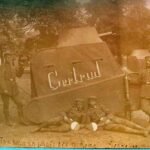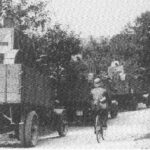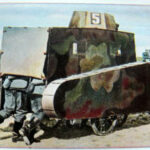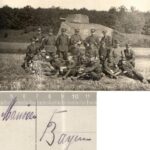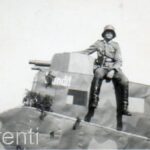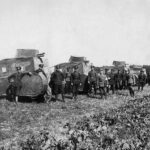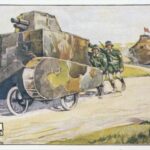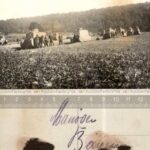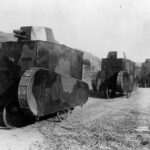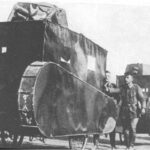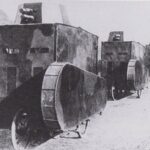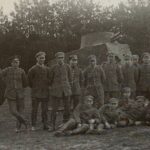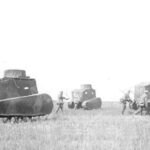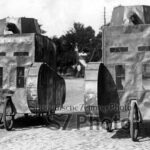The Fahrrad Panzerattrappe model is here
After the end of the First World War, Germany had to sign the Treaty of Versailles which prohibited it, among other things, from owning combat tanks. Only 150 machine guns for the police and 105 unarmed armored personnel carriers were authorized. The German strategic thinking was that Germany had lost the war because of the lack of tanks, so the German strategists, like the Englishman Fuller, thought of the future German army as mechanized and motorized to the maximum, it was therefore necessary to train in the art of mobile warfare but without armored vehicles. In Germany, the proponent of this approach was Major Guderian.
Before he was accepted into the Reichswehr after the First World War , he served for several months as a general staff officer in the so-called Iron Division, a Freikorps fighting Russian-Bolshevik troops in the Baltic States. In the Reichswehr he was initially deployed as a company Commander in Jäger Battalion 10. After working for three years as a teacher of tactics and military history at the officers’ school in Stettin, he switched to the Verkehrstruppen (Traffic troops).
In 1927, Guderian was promoted to Major and appointed Commander of theTruppenamtes für Heerestransport (Troops Office for Army Transport and Ausbilder für Taktik motorisierter Transportverbände (instructor in tactics for motorized transport formations) in Berlin. In this capacity, he has already collected material for tank tactics and visited tank units in other countries. Upon his arrival in this position, he made every effort to promote the training of motorized formations in every way possible. On a practical level, the lack of tanks made it necessary to turn to other solutions, while ensuring the allied control commissions. From a financial point of view, it was cheaper to use converted civilian vehicles than to manufacture special vehicles. This therefore led the German army to use different vehicles, all atypical.
Among all the Reichswehr Attrappen vehicles, those mounted on tricycles (fahrrad = bicycle) were among the first used (1925) with the Hanomag and the Dixi. There were two versions, one in canvas and the other in cardboard or plywood with a few differences that can be noted. These « vehicles » were therefore based on a metal frame resting on three bicycle wheels, all covered with tissue or carboard. They were non-motorized but pushed by two or three men. There was no crankset at all, no brakes, no bike handlebar and the front wheel was fixed so something very basic. To imagine a tank, a pseudo-turret and pseudo-tracks were added. The tracks could be dismantled and put on the ground, resting on small devices that can be seen on photos. These vehicles were rather improvised vehicles. As soon as Guderian arrived in command, he reorganized all this by setting up advantageous contracts with car manufacturers to obtain real vehicles.The first were the Hanomag Kommissbrot and the dixi, as these entered service the Fahrrad panzerattrappen were withdrawn and destroyed.

